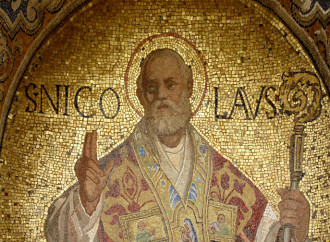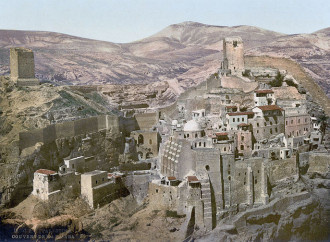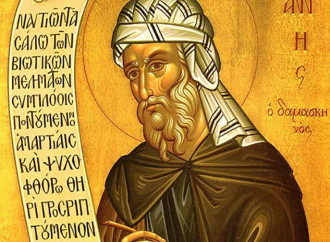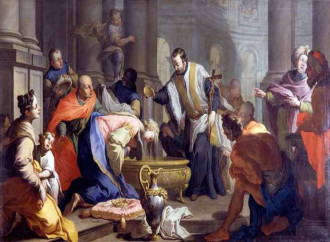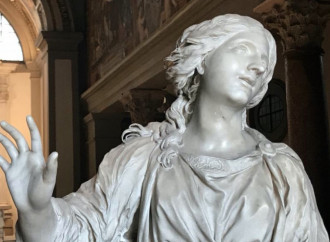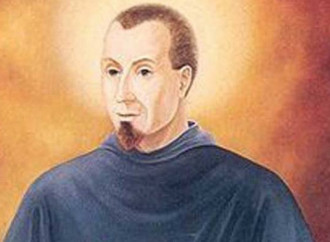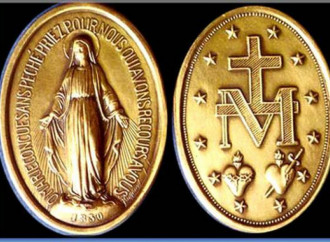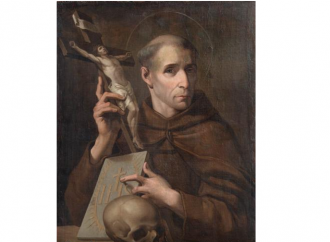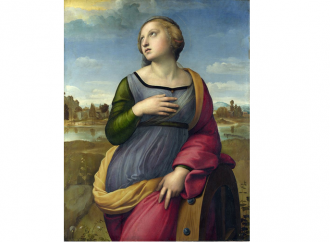Saint Nicholas of Bari
The title “of Bari” is due to the transfer to the Apulian capital of many of his relics, which took place in 1087.
Saint Sabbas the Archimandrite
First a desert father and then founder of a particular type of monastery, called “lavra,” Saint Sabbas the Archimandrite (439-532) played a substantial role in the spread of Eastern monasticism.
Saint John Damascene
He is considered the last of the Eastern Church Fathers. He wrote sublime pages about the Blessed Virgin and was able to refute the then widespread iconoclasm.
Saint Francis Xavier
He is considered the greatest missionary of modern times
Saint Bibiana
Her martyrdom was perpetrated during the historical interlude of the empire of Flavius Claudius Julianus (361-363), known as the Apostate, who tried to restore paganism
Saints Edmund Campion and companions
On 1 December he was led to Tyburn gallows, near present-day Marble Arch, where he was hanged, drawn and quartered. Fr Alexander Briant and Fr Rudolph Sherwin suffered martyrdom with Campion
Saint Andrew
He was the first apostle to lead Peter to the Lord. Andrew preached the Gospel in Asia Minor and Scythia. He suffered martyrdom in Greece, in Patras, where he was crucified on an X-shaped cross
Saint Francis Anthony Fasani
He had joined the Franciscans as an adolescent taking the religious name of the two saints of the Order to whom he was most devoted, Francis of Assisi and Anthony of Padua.
Saint James of the Marches
He spent his life in the service of the Church, becoming one of the leading figures in the 15th century together with his friends Bernardine of Siena and John of Capistrano.
Blessed Virgin of the Miraculous Medal
On 27 November 1830, the Blessed Virgin appeared to Catherine Labouré (1806-1876), novice of the Daughters of Charity in the Parisian convent on Rue du Bac. The saint, next to the picture of St Joseph, saw Our Lady wearing a white dress like the dawn, a blue mantle and a long white veil, standing on a half globe enveloped in the coils of a snake.
Saint Leonard of Port Maurice
In 1731, he obtained the Brief Exponi nobis from Clement XII, which authorised the installation of the Stations of the Cross in all the churches. St Leonard also introduced the meditations for each of the 14 Stations
Saint Catherine of Alexandria
Saint Catherine of Alexandria (c. 287-305) lived in one of the most important cultural and religious centres of antiquity and was “filled with sharp wit, wisdom and strength of spirit”, as the Roman Martyrology recalls.

